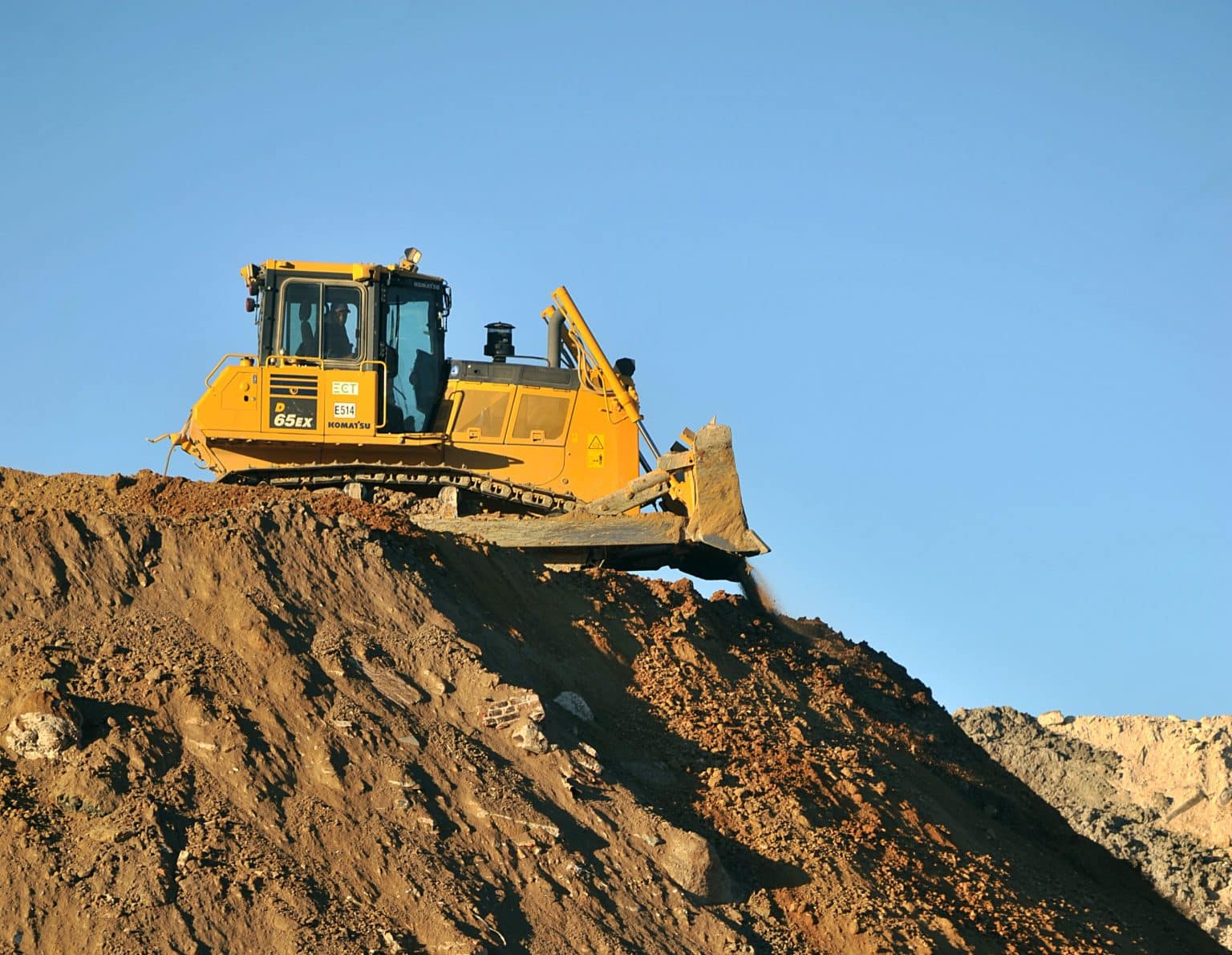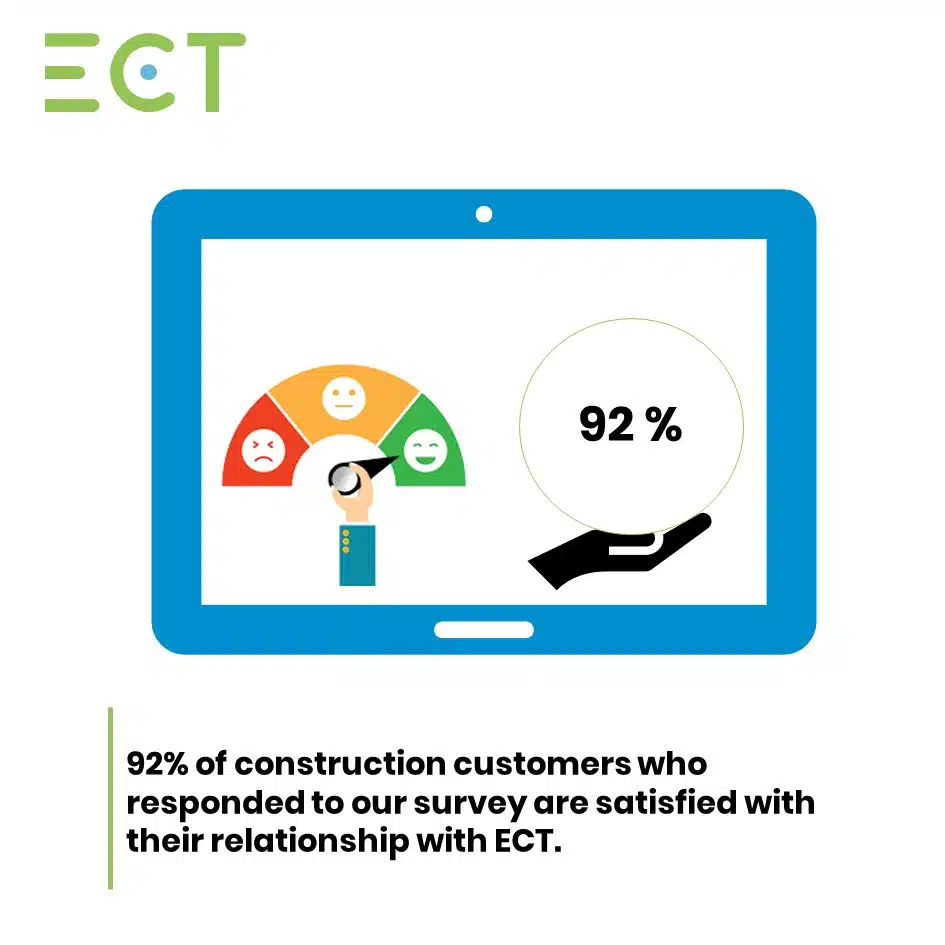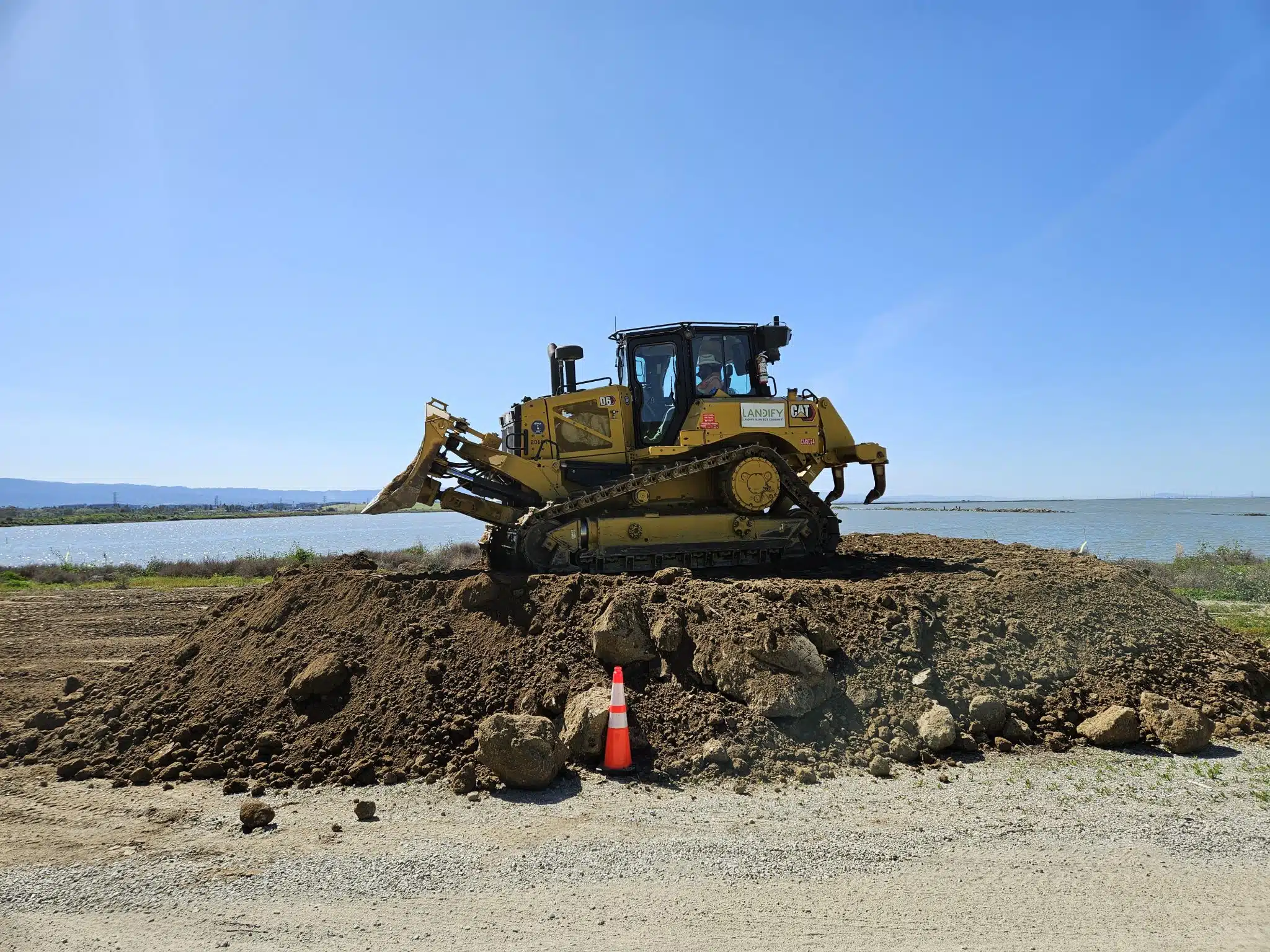
by Mathieu NOEL
Operations Manager
mnoel@groupe-ect.com
Gone are the days when construction machinery would start up in a plume of smoke. However, digging, modelling and landscaping on our sites require the use of bulldozers, trax trucks, caterpillar excavators and articulated dumpers, all of which are sources of GHG emissions and pollution.
How can we fit a decarbonization and emissions reduction trajectory into the reality of a construction site activity, with obvious budget constraints, and given the state of technological advances in both machinery and fuels? Our assessment is clear: while investment in machines has proved its energy efficiency, the search for alternative fuels is showing too many limits today. How can we overcome these constraints to meet ambitious commitments that are rooted in operational reality?
I would like to share a conviction with you: investing in this approach is ecologically and is already economically viable in the medium term.
1. Use technological advances in combustion engines to reduce GHG emissions
The gradual tightening of anti-pollution standards has led to major technological advances in internal combustion engines. In the space of ten years, there have been no fewer than 3 regulatory changes, notably concerning emission levels for nitrogen oxides (NOx) and particulates. However, these standards are imposed on new machines. As a result, we have invested heavily in the renewal of our machines. Between 2014 and 2021, the average age of our fleet of 80 machines has fallen from over 4 years to less than 2.5 years.
2. Reducing fuel consumption: the successful challenge of hybrid machines.
As early as 2014, we took a gamble on hybrid machines, successively acquiring a Caterpillar D7E bulldozer featuring diesel/electric hybrid technology, then in 2017 a Komatsu HB365 crawler excavator equipped with an exclusive system for recovering energy from turret rotation. These technologies have reduced our fuel consumption by 10% to 20%. Today, we have two additional Caterpillar D6 XE hybrid machines. This generates savings of over 15,000L of fuel per year, or the equivalent of 40 tonnes ofCO2 less each year.
3. Favoring alternatives to diesel: emerging solutions
Since 2019, part of our fleet has been using GTL (Gas-to-Liquids), a synthetic fuel that generates much less NOx and particulates when burned. This is an undeniable step forward, complementing the technical evolution of engines, particularly for underground use. But the cost remains high.
Since 2021, a contract for the supply of Oleo100, a sustainable alternative fuel based on French rapeseed, with an extremely favorable production carbon balance (over 50% CO2 This “field-to-wheel” approach has enabled us to save over 35 tonnes of CO2 over one year. However, homologation constraints restrict the wider use of this fuel.
Finally, in order to combine the best of both worlds, we plan to experiment in the short term with the use of HVO100 fuel, whose production method is similar to that of GTL and which uses recycled biobased raw materials. This implies a very favorable overallCO2 balance, as well as a significant reduction in emissions during combustion, but questions remain about the price of this fuel.
4. Combining electric motors and hydrogen production: an immature sector
From 2020 onwards, ECT has been considering the development of a fleet of fuel cell-powered electric trucks, and the associated hydrogen production infrastructure. A partnership with Gaussin and Bouygues Energies & Services aimed to bring the first trucks into service in 2022.
The lack of regulatory incentives, operational difficulties and the lack of maturity in the hydrogen sector have prevented us from achieving this objective. We remain convinced that this remains a solution for the future, and are working to structure the industry.

5. Combining people and technology: efficient, long-term optimization
Implementing good practices in the use of construction machinery is fundamental. Substantial savings in fuel consumption are possible on a daily basis. The use and consolidation of on-board telematics and geolocation information by an external monitoring tool – Fleet Management “HIBOO”, is a source of optimization in 3 points: Ensuring that the right machine is used for the right job, generating real fuel savings. Improve idling rates, as idling means wasted fuel. Finally, to promote good driving habits. Driver awareness and training is a short-term lever, whatever the type of machine and fuel.
6. Site networking: bringing excavation sites closer to recycling sites
Soil transport by truck accounts for 80% of the sector’s overall emissions. The proximity of ECT sites to excavation sites saves 67% of GHG emissions, or 22,000 TeqCo2. Our next objective is to prescribe developments in heavy-duty vehicles for public works and in fuels for our customers in the construction and public works sector for soil transport. In this way, the entire profession will have the means to participate in this collective effort to make our activities greener.
In conclusion
In conclusion, the question could be: should we be pleased with the current context, which encourages us to systematically orientate ourselves? towards evolution? Are we heading for a disruptive and beneficial crisis? Reducing fuel consumption, thus minimizing GHG emissions, and capitalizing on responsible driving and use of machinery have a favorable financial impact for companies. Will the combination of economic and ecological challenges breathe new life into technological innovation? It’s possible, if we take collective action to ensure that the entire industry fully exploits its environmental interests..


